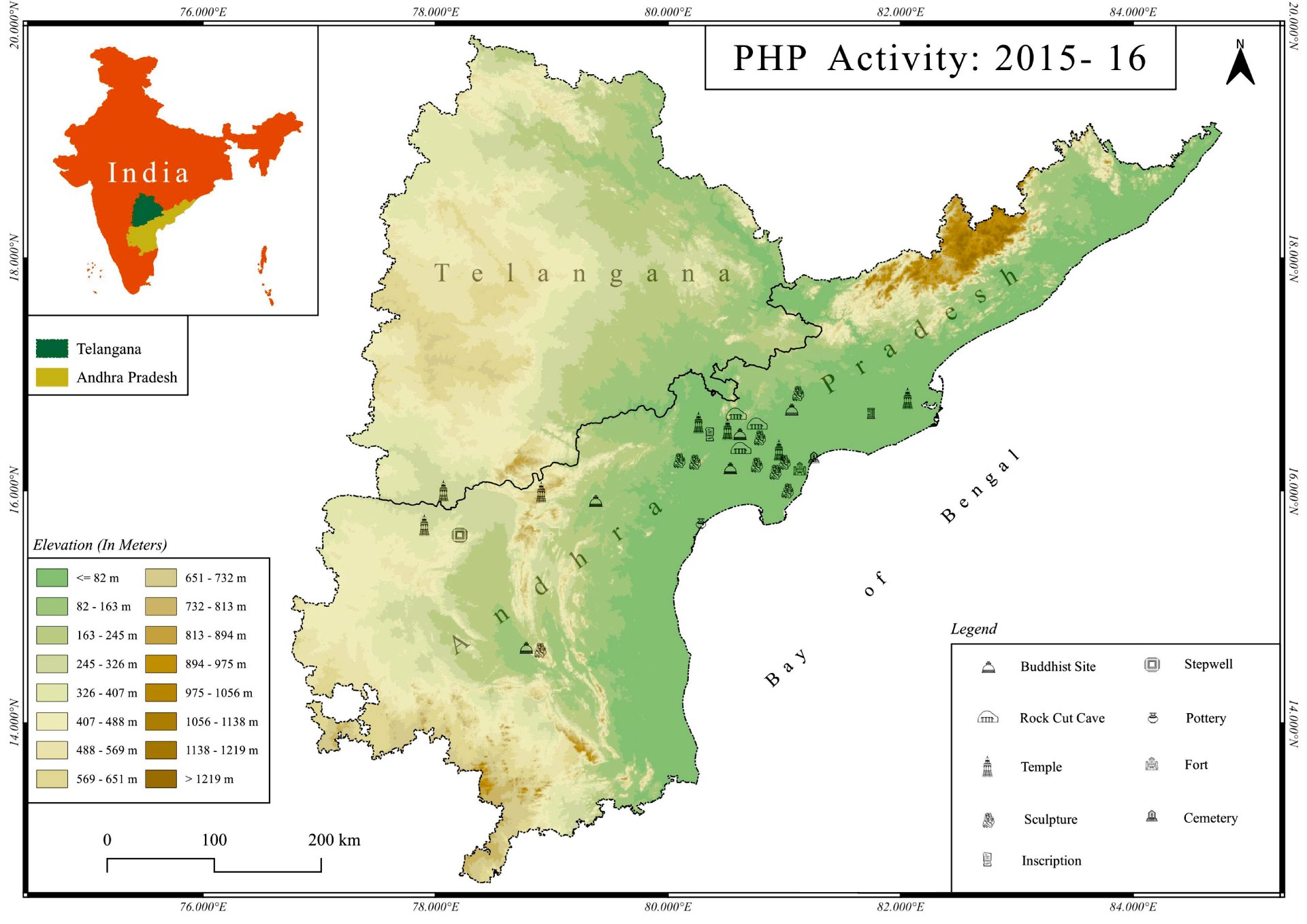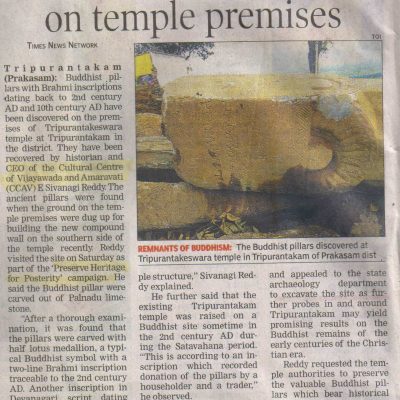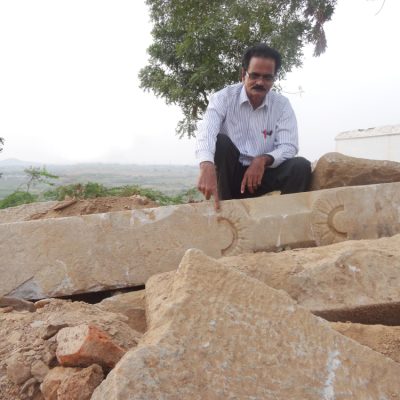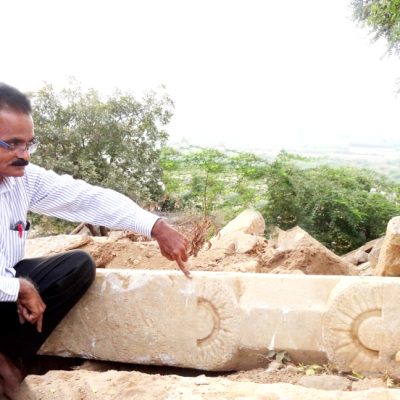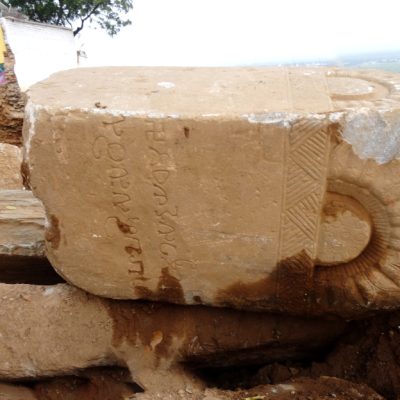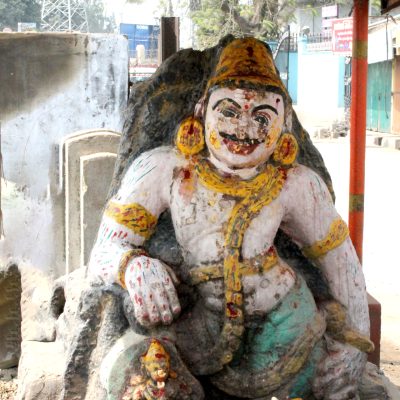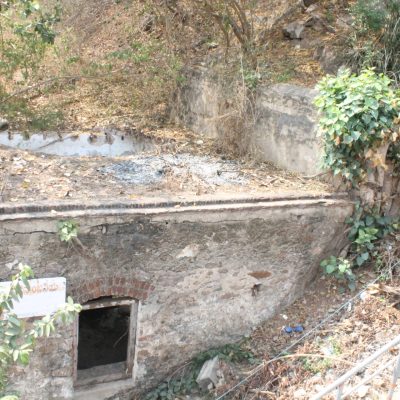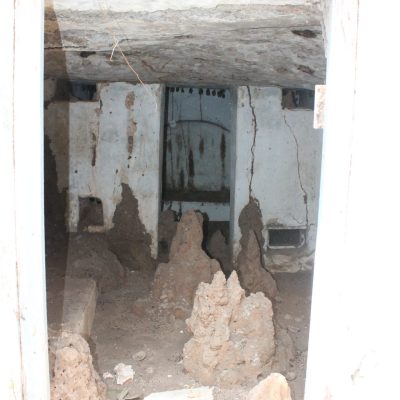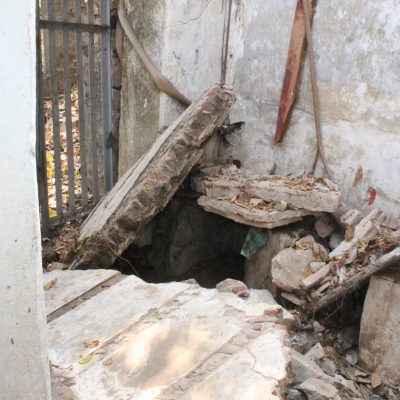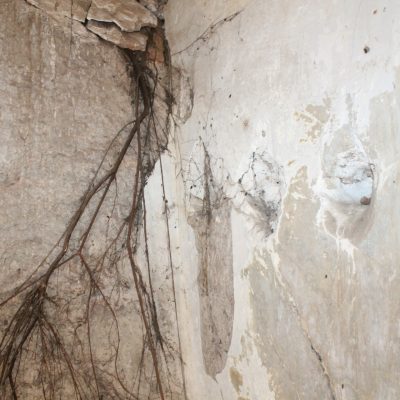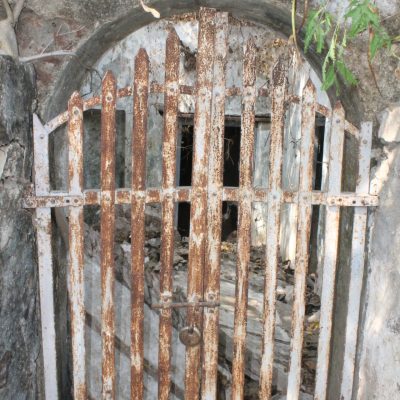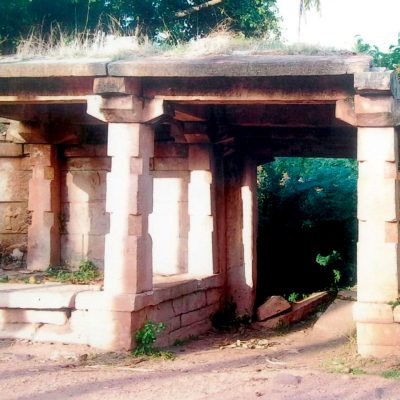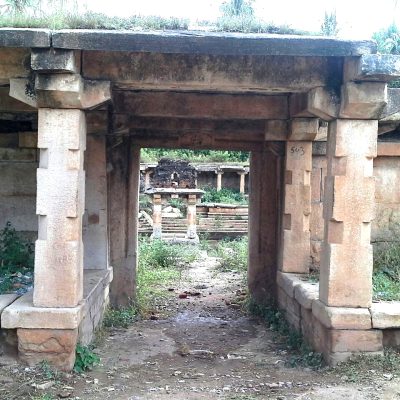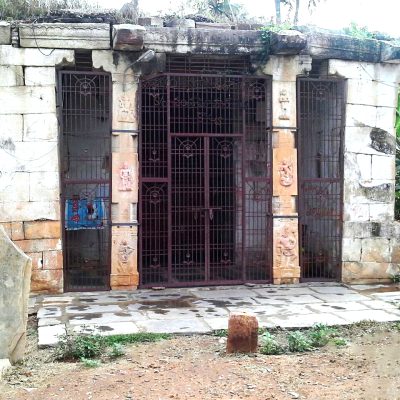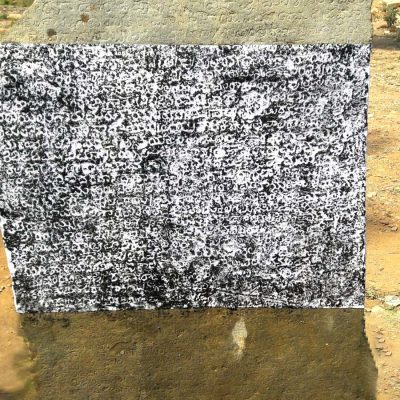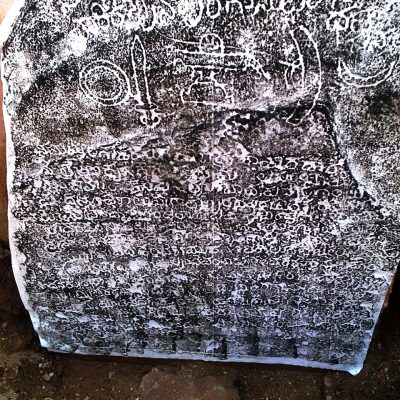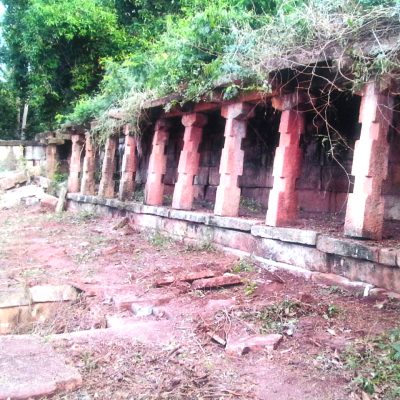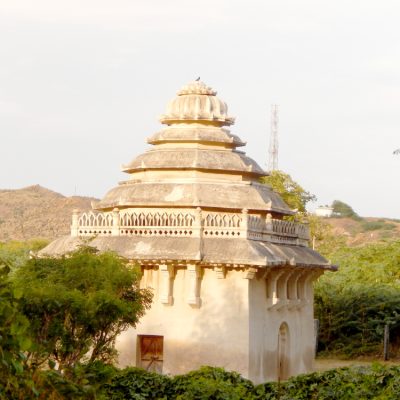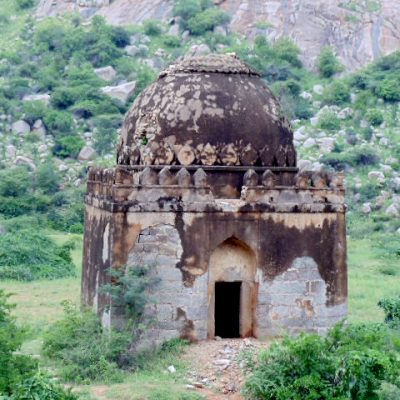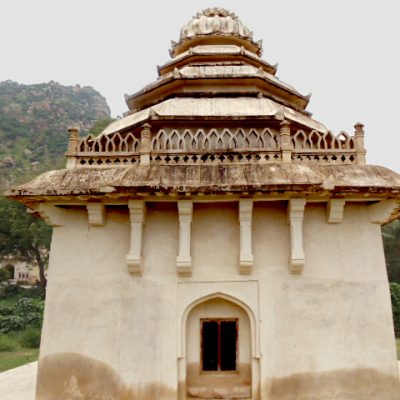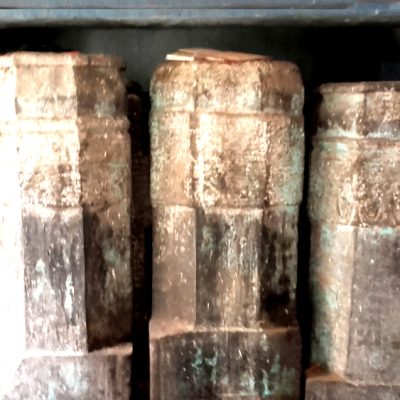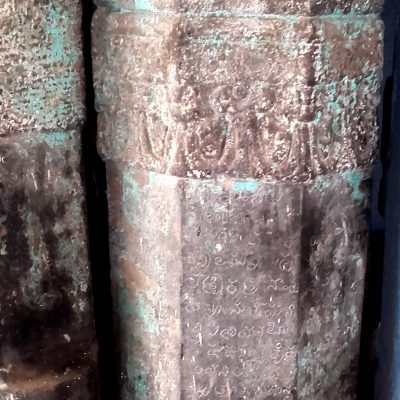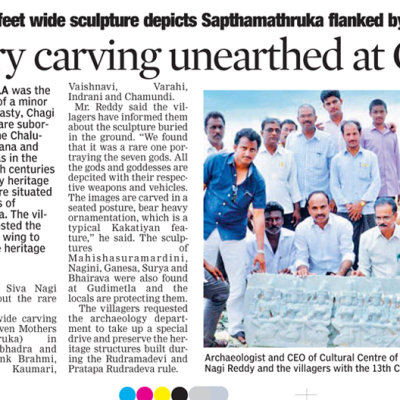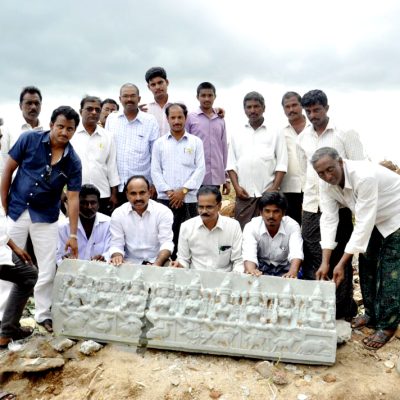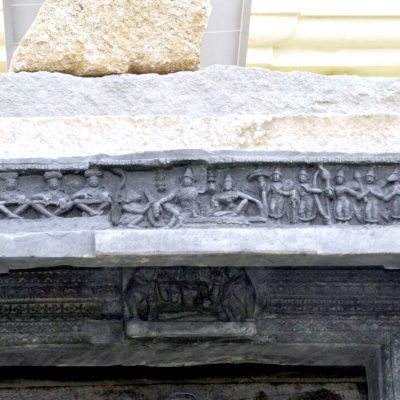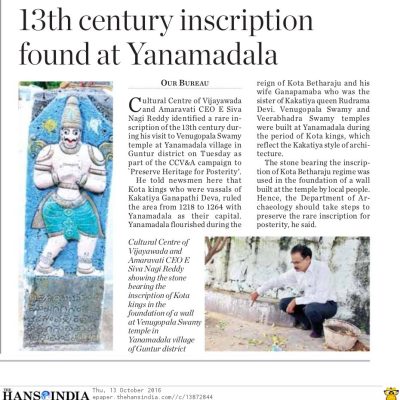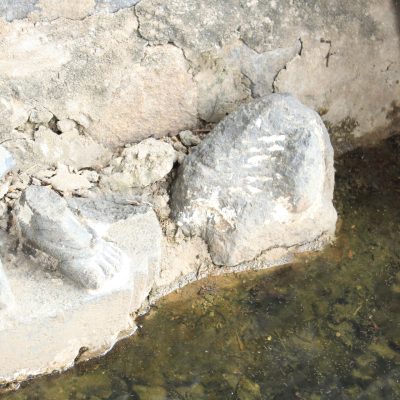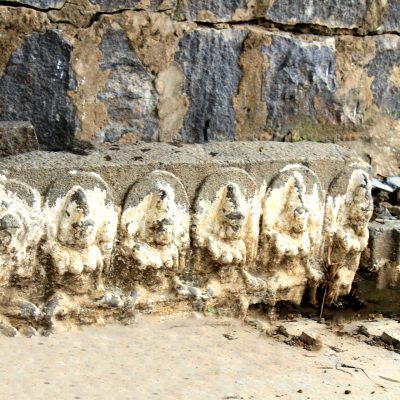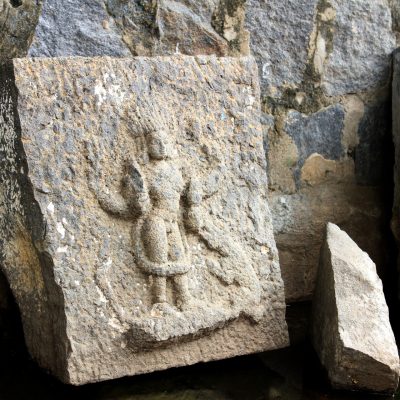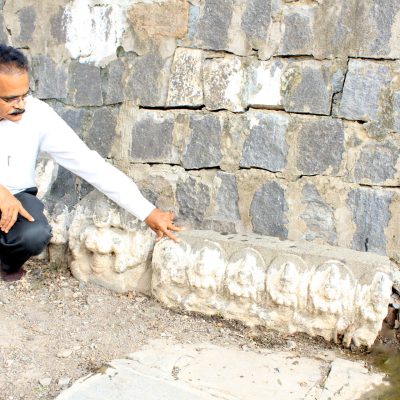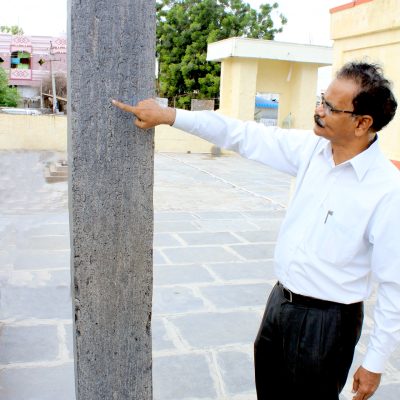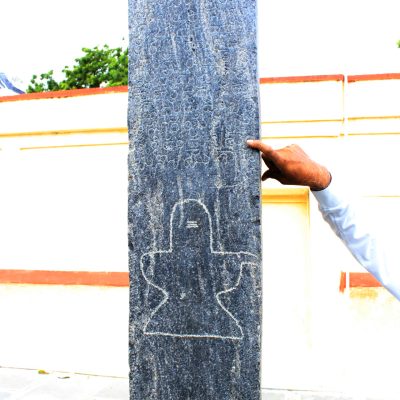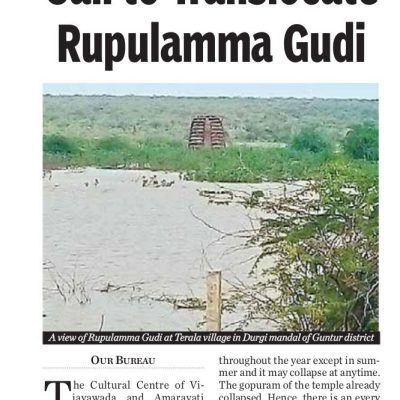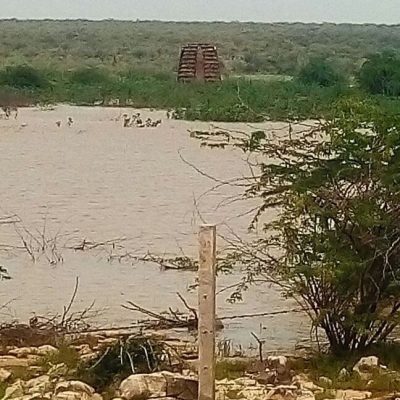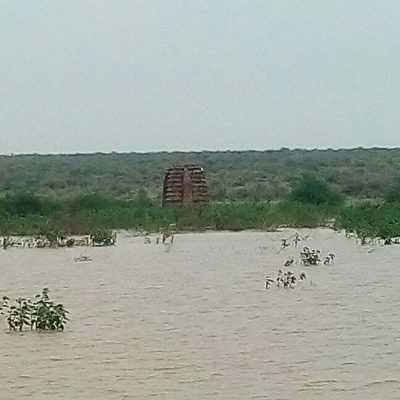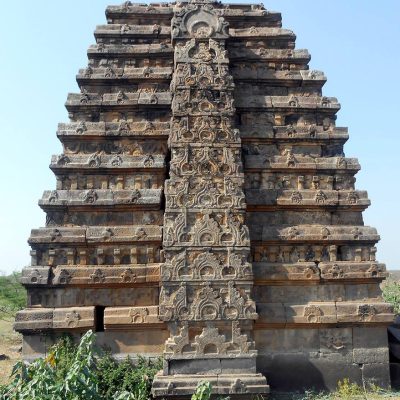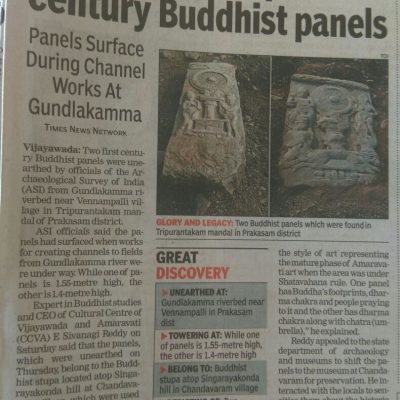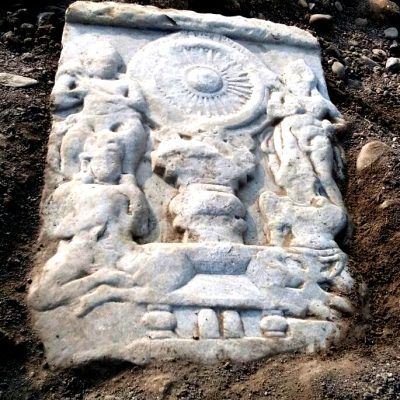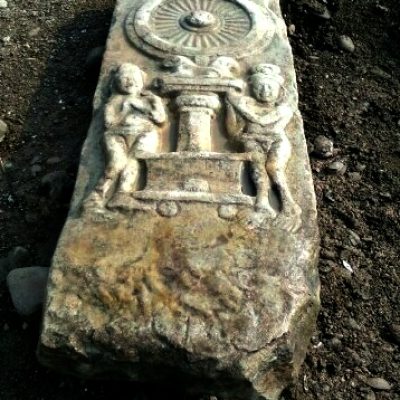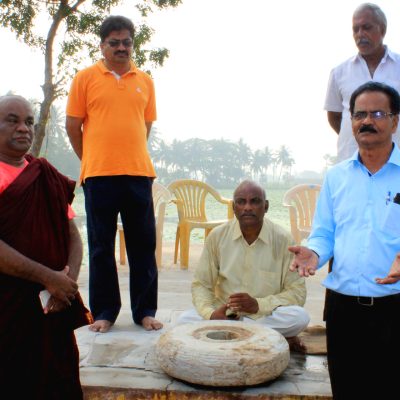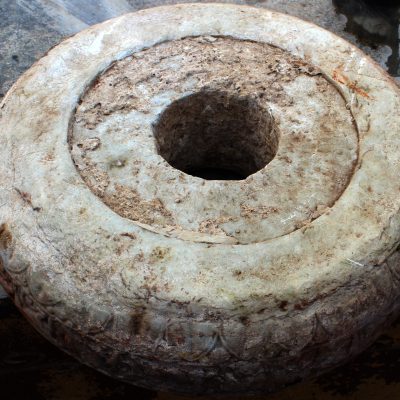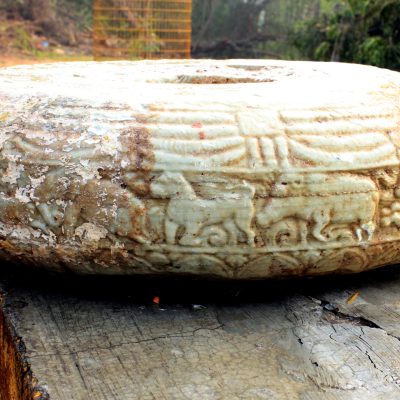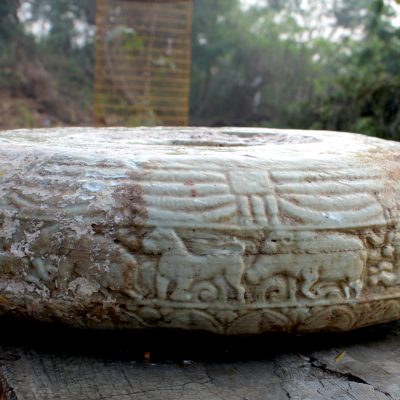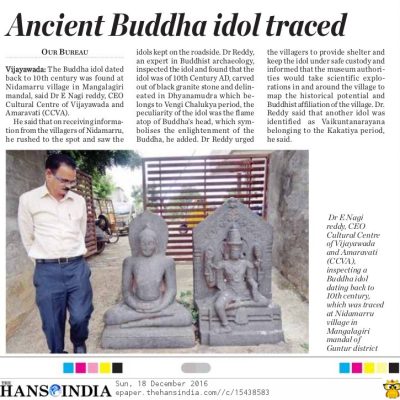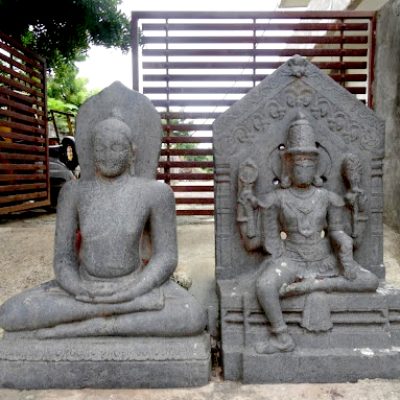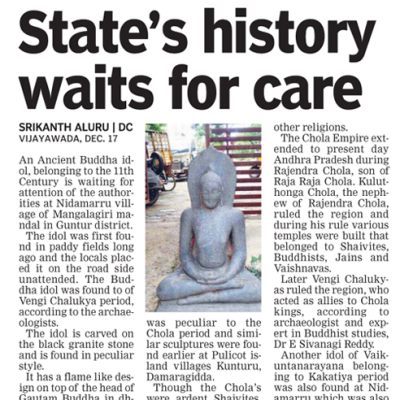Follow
Company
- Documentation
- Support
- Purchase
Site
17.01.2016Buddhist Pillars 2nd Cen. CE Tripuranthakam Temple, Dupadu, Andhra Pradesh
Findings
While excavating for the foundations of a Gopura Structure at Tripuranthakam,Buddhist pillars carved on Palnadu limestone have been found.
These pillars, bearing half lotus medallions, were found with a two-line Brahmi inscription dating back to the Satavahana Period (2nd Cen. CE) and another inscription in Devanagari Script of the 10th Cen. CE, indicating their appropriation for a later temple structure.
Call to Action
The Endowments Department had been urged to preserve these historically significant Buddhist pillars for display in the temple premises and appealed to the Director of the Dept. of Archaeology to conduct scientific excavations at the site to uncover the Buddhist site.Site
06.02.2016Dwarapala Sculpture, 10th Cen. CE, Radham Bazar, Andhra Pradesh
Findings
10th Cen. CE Dwarapala Sculpture, representing the Eastern Chalukyan style of art, was recovered from the bed of Eluru Canal during its excavation in 1850 by British Engineers. Since then, the sculpture remained in its present location without any protection.
Call to Action
The State Dept. of Archaeology and Museums has been urged to protect this precious sculpture.
Site
06.02.2016
Buddhist Caves, 1st-2nd Cen. CE Sitanagaram Hill, Andhra Pradesh
Findings
A rock-cut cave on Sitanagaram Hill dating back to the 1st-2nd Centuries CE (Satavahana times), has been inspected. This cave originally served as a retreat for Buddhist monks during the rainy season.
Converted into a temple two decades ago, the caves now houses ant hills and numerous bats.
Call To Action
The State Dept. of Archaeology has been urged to restore the caves to their original form, removing the lime plaster and RCC ceiling. A proposal to include the caves in the Amaravati Buddhist Circuit, enhancing the visitor experience with a legend board detailing the historical significance has been put forth.
Site
06.02.2016
Hidden temple, 15th Cen. CE, Kalva, Kurnool, Andhra Pradesh
Findings
At the 15th Cen. CE of the Koneti Anjaneya temple and Vajreswara Devalayam, an image Anjaneya of 1560 CE, bearing an inscription of Vijayanagara emperor Sadasivaraya have been found along with remnants of a medieval township with remains of brick bats and potsherds, enclosed by a lengthy stone fortification wall.
A notable temple tank, 450 years old, was desilted during the Swatch Bharat program, showcasing a cloister with 100 pillars.
Call To Action
The state and the central archaeological authorities have been urged to declare the temple tank a protected monument and restore the dilapidated structures. They also appealed to the Kurnool District Administration for essential amenities and inclusion of it in the tourist circuit.Site
25.02.2016
Timmarusu Tomb, 16th Cen. CE Penugonda, Andhra Pradesh
Findings
A 16th Cen. CE tomb situated on a hill in Penugonda, Ananthapur District, has been found. Being the summer capital of the Vijayanagara Emperors, this tomb is believed to be of Mahamanthri Timmarusu.
Upon closer examination, it was determined that the dilapidated structure was not built for Timmarusu but for Timmaraju, a local officer of the dynasty.
Call To Action
The local historians, guides and the ASI officials have been sensitised regarding the site and its need for preservation.Site
08.05.2016
Inscriptions on Pillars, 10th Cen. CE, Malleshwara Temple, Radham Bazar, Andhra Pradesh
Findings
Five large pillars dated 1133 CE, 1153 CE, 1186 CE, 1233 CE and 1241 CE were found in a neglected state and coated with different colors at Malleshwara Temple, known as Old Sivalayam.
The inscriptions narrate various donations, including cows and buffaloes to the temple
Call To Action
Dept. of Endowments and Archaeology has been urged to undertake chemical cleaning to restore the legibility of the inscriptions and preserve this heritage for posterity.
Site
25.08.2016
Historical Sculptures, 13th Cen. CE, Kota Dibba, Andhra Pradesh.
Findings
Gudimetta village served as the capital city of the Chagi Chiefs during the 12th-13th Centuries CE.
Chagi Poturaju fortified the village and participated in the Palnadu war. After the Chagi rule, the Kakatiyas took over, as evidenced by the Visvanadha Temple built in the Kakatiya style.Found two Kakatiya sculptures – Saptamatrika and Bhairava – in the fields.
The village also revealed at least 20 sculptures, including Ganesa, Shanmukha, Mahishamardini, Nagadevatas, Anjaneya, Mother and Child, and Hero stones, along with two inscriptions - Gajapatis of Orissa and Persian Inscriptions.
Call To Action
Villagers were sensitized about preserving the historic relics through briefing them on the village's historical significance, including its Qutb Shahi rule, as indicated by a collected copper coin.Site
20.09.2016
Gross neglect of Inscription, 13th Cen. CE, Yanamadala, Andhra Pradesh
Findings
In Yanamadala, two temples, namely Gopinatha (Venugopala) and Veera Bhadra (Veerabhadra), built by the Kota Chiefs, represent Kakatiya style of architecture.
The Venugopala Swamy temple features inscriptions, including a historically significant one from the 13th century issued by Kota Ganapamba, detailing the temple's construction and her rule after Kota Bhima III's death.
Stone sculptures of Siva, Shanmukha, Saptamatrika are found near the Veerabhadra temple.
Some inscriptions fitted to the compound wall were coated with lime
Call To Action
Made an appeal to the Dept. of Archaeology and Museums to take measures to erect the inscriptions pillar, remove the lime coat chemically, and display them properly for the benefit of researchers and the local community.
Site
01.10.2016
Sinking temple, 8th Cen. CE, Terala, Andhra Pradesh
Findings
The temple found reflects the Badami Chalukyan Style of architecture, known as Rekhanagara Prasada, bears historical significance as part of the Chalukya Vishaya, 8th Cen. CE
The temple submerges in the lake during the rainy season.
Call To Action
State Sept. of Archaeology and Museums has been urged to take action for the temple's transplantation to a higher contour in the same village to prevent collapse.
Site
28.11.2016
Buddhist Panels, 1st Cen. CE, Gundlakamma River Bed, Vennampalli, Andha Pradesh
Findings
Buddhist panels were unearthed from the Gundlakamma riverbed during sand mining by the villagers of Vennampalli.
Palnadu limestone panels, measuring 1.40 x 0.95 x 0.13 mts and 1.55 x 0.55 x 0.14 mts, depict the worship of Dharma Chakra, reflecting the mature phase of Amaravati art.
Call To Action
State Dept. of Archaeology & Museums has been urged to relocate them to the site Museum at Chandavaram for proper display.
Site
16.12.2016
Buddhist Chatra of 2nd Cen. CE Shifted to Ghantasala Museum, Siddhantam,
Krishna Andhra Pradesh
Findings
Found a limestone chatra of a Buddhist stupa 2nd Cen. CE, previously owned by a private individual in Siddhantam village, Gudivada mandal
Call To Action
In collaboration with the Archaeological Survey of India the limestone chatra has been relocated to the Archaeological Museum, Ghantasala, Challapalli Mandalam, Krishna Dt. APSite
18.12.2016
Buddha Idol 10th Cen. CE, Nidamarru, Guntur Andhra Pradesh
Findings
Conducted an inspection of a 10th Cen. CE Buddha Idol at Nidamarru
The Buddha image, of black granite stone, in Dhyanamudra, belongs to the Vengi Chalukyan period, was found on the roadside without any shelter.
Call To Action
Appealed to the officials of the Dept. of Archaeology and Museums to take necessary measures for the preservation of these idols.
The Pleach team also urged the villagers to provide a shelter and ensure the safety of the sculpture.
